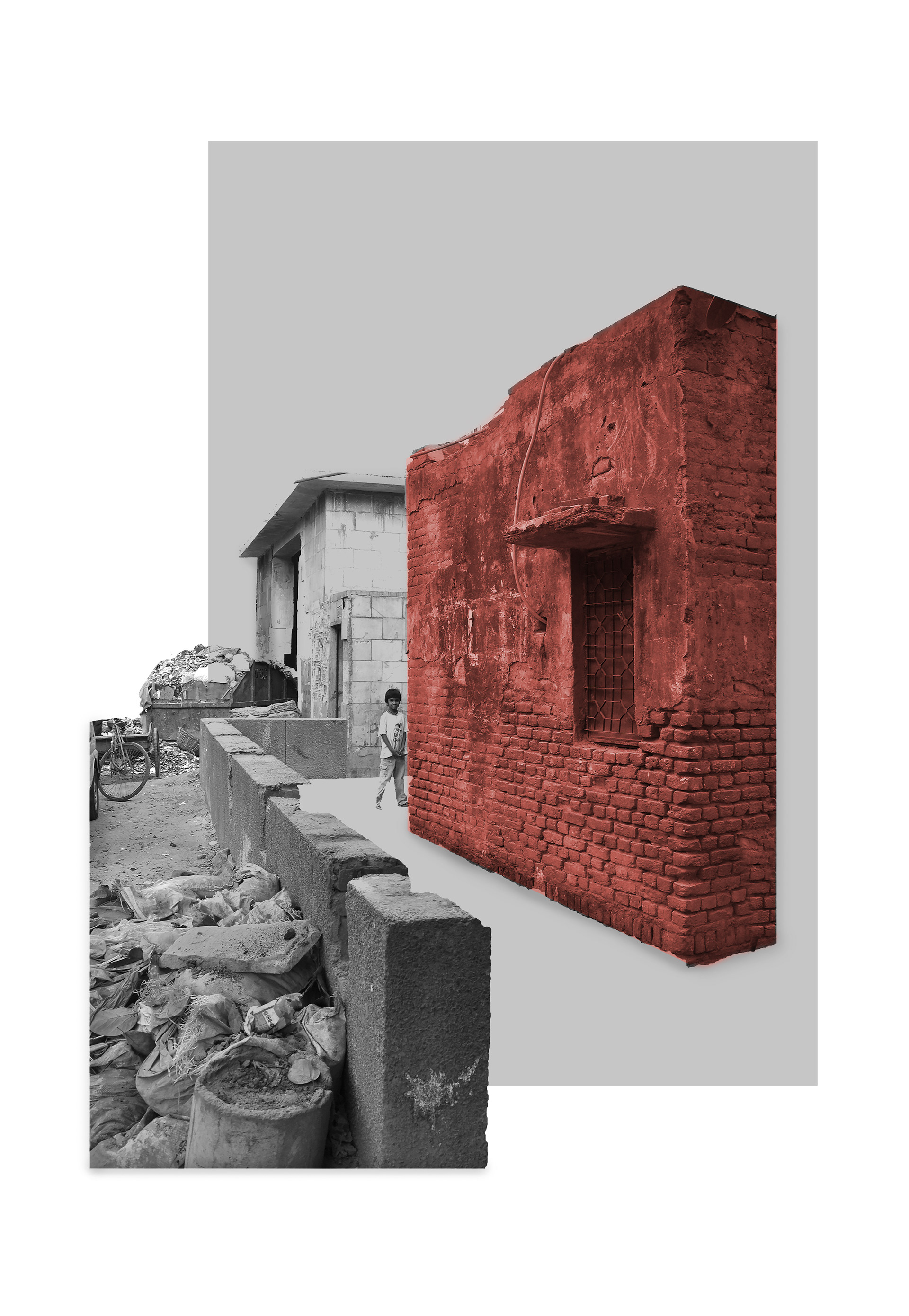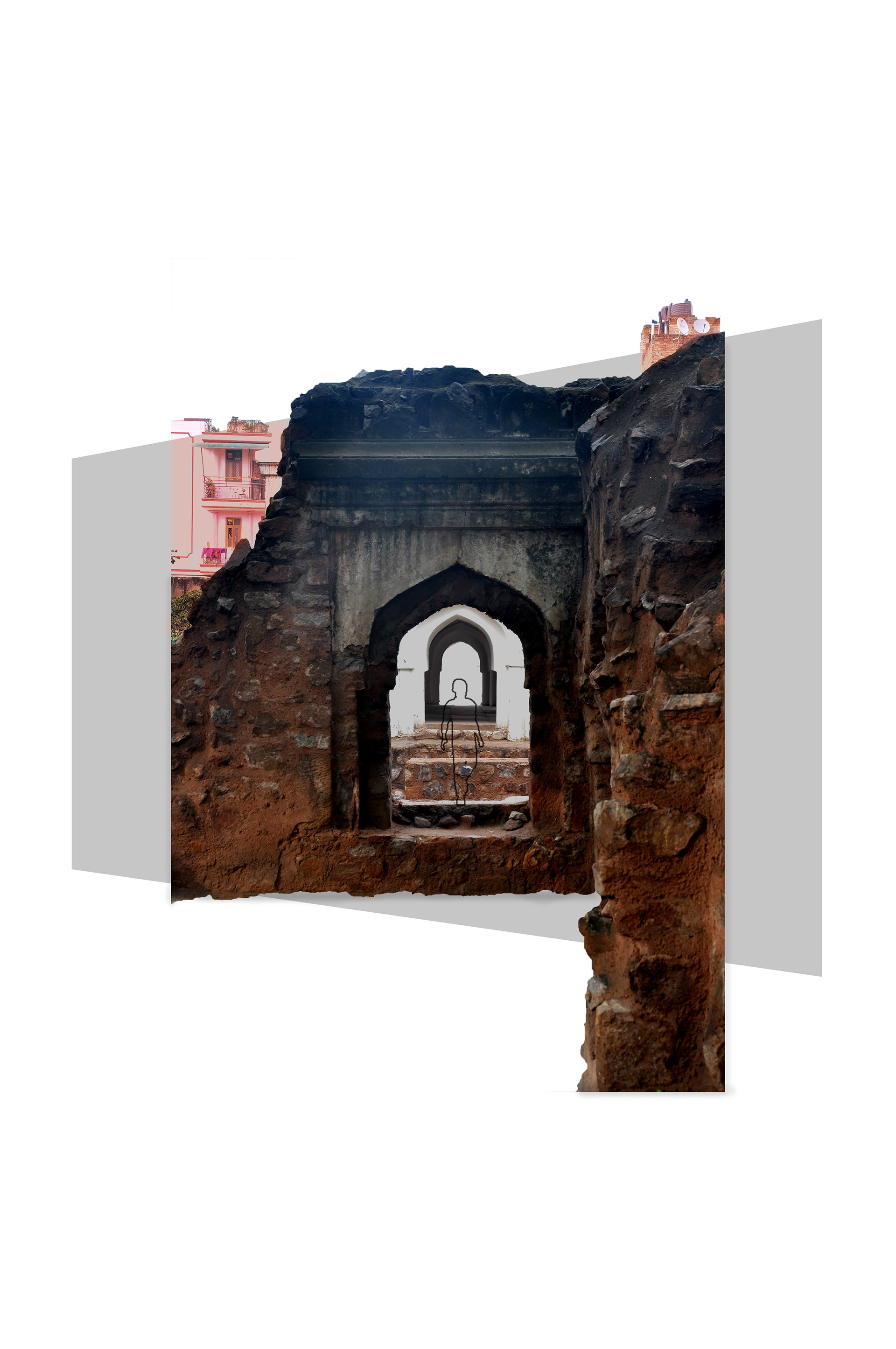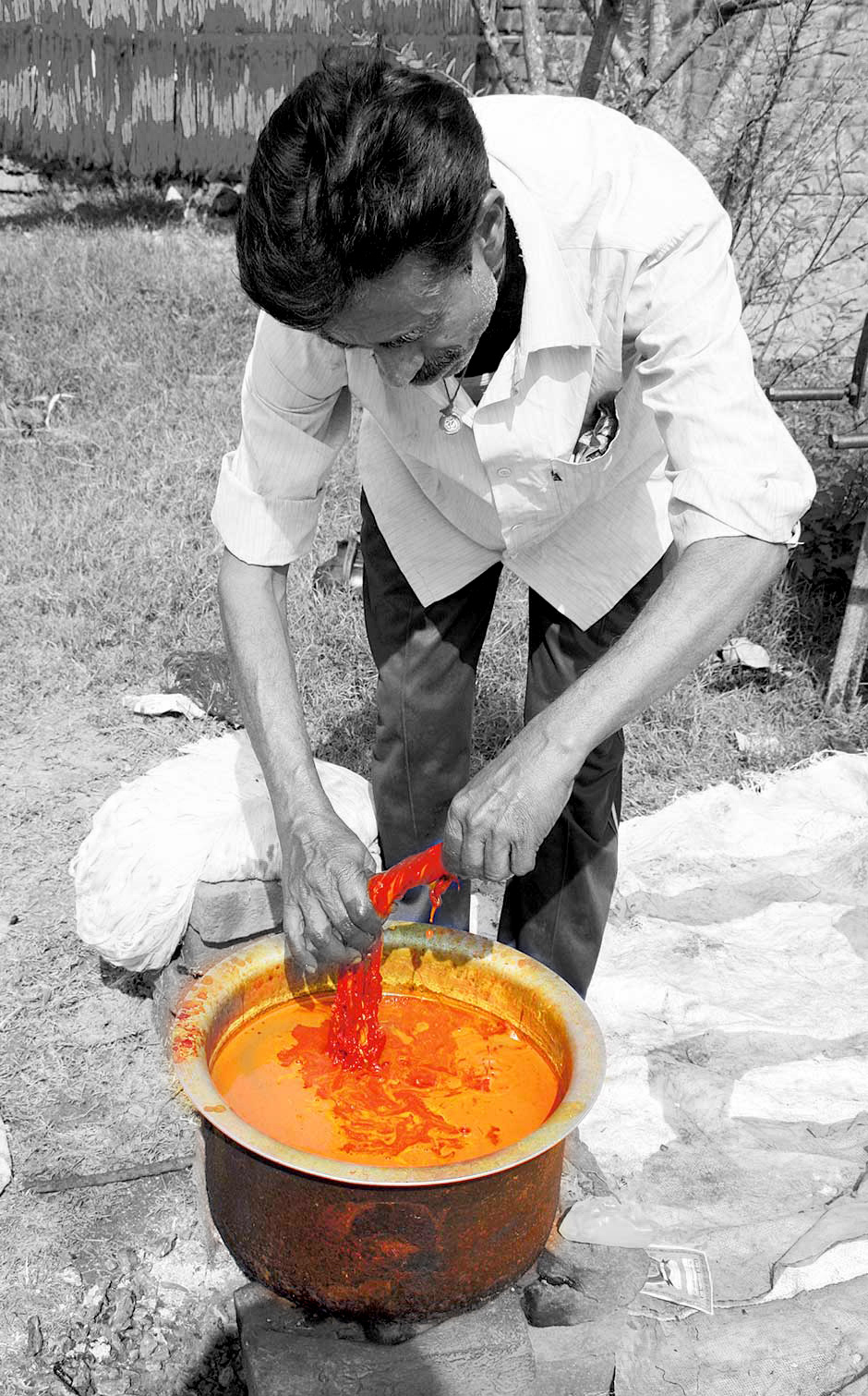‘Lal’ meaning red and ‘Dora’ meaning thread was a Phenomenon that came into being during the British regime in India. The premise of which used to be a red line drawn on the map of British controlled regions delineating the village population from the nearby agricultural land for revenue records. This land was meant to be used for non-agricultural purposes only as an extension to the village habitation. This movement seemed to have originated in the year 1908 and after almost 50 years, in 1957 the Delhi municipal corporation issued a notification to the government which listed the lands under the LAL DORA classification, within and on the outskirts of Delhi. The MCD(Municipal corporation Delhi) Declared that no building Bye-laws needed to be followed in such areas and residents were free to construct without prior approvals, which inevitably lead to haphazard informal settlement amidst major cities in the country. Today these villages are riddled with issues regarding sanitation, electricity, water and safety. More so one can observe the negligence of the city planners to these amorphous entities which eventually trickles down to residents of the city to almost ignore their existence. Some of these villages have a rich history and within them are hidden some unique and mesmerizing monuments yet not many people know about them. One of the major contributors to the population of these villages are migrants from parts of the country who come to the city in search of employment. These villages prove to be ideal locations for these migrants as they provide them an opportunity to live in the heart of the city but with relatively cheap rent. This influx of migrants changed the sociocultural and socio-economic life of the village and indeed bought about an interesting conglomeration of diverse ethnicities. Despite such radical changes in socio-cultural patterns
the identity of the urban village was still in question. An informal settlement amidst strict formal entities, these villages were inevitably left-out and remained to be only a moment in the memory of the city. This project aims to identify such settlements in the fabric of the city and aims to re-capitulate its meaning. It yearns for a proposal which evokes and encourages the citizens of city to engage in the life of an Urban village. It aims to connect the city with the village by re-assessing the concept of the Lal Dora or red Thread.
the identity of the urban village was still in question. An informal settlement amidst strict formal entities, these villages were inevitably left-out and remained to be only a moment in the memory of the city. This project aims to identify such settlements in the fabric of the city and aims to re-capitulate its meaning. It yearns for a proposal which evokes and encourages the citizens of city to engage in the life of an Urban village. It aims to connect the city with the village by re-assessing the concept of the Lal Dora or red Thread.
Research and project proposal developed at the Harvard Graduate school of Design. Art, Design and the public domain pro-seminar (2016)
Typical street elevations
Social interaction stuff from multiple levels








"The intangible hidden meaning attached to this tangible simple thread opens up a host of possibilities for re-interpretation of the rather contrary universally observed concept of Red-lining conflict areas"
Proposal Commitments
1- Connect residents of the village with the city at large.
2- Project to have a Human ritualistic scale as well as an aerial larger than life scale.
3- Project proposed to be held as Semi- annual or annual event led by the citizens of the city and the village community.
4- The basic idea is to re-create the lal Dora instead of being a medium & measure for seclusion becomes means for opportunity & inclusion. Propogated as a cultural and socioeconomic fair, highlighting talent within the village and means to generate revenue for the village for its upkeep.
5- Acting as a catalyst to explore a day in the life of the urban village and for trade as well. Local market pop-up shops such as vegetable markets and small industry set-ups to be allowed to exhibit and do sales on the event whereby helping the economy of the village.
6- Hosting of community led workshops to bring out the entrepreneurial nature of the village.